China : Unmatched Growth and Demand Trends
China holds a staggering 60.0% market share in the APAC cement sector, valued at approximately $200 billion. Key growth drivers include rapid urbanization, government-backed infrastructure projects, and a booming construction sector. The demand for cement is primarily fueled by residential and commercial construction, with significant investments in transportation infrastructure. Regulatory policies favor sustainable practices, pushing for eco-friendly cement production and waste recycling initiatives.
India : Infrastructure Boom Fuels Demand
India commands a 35.0% share of the APAC cement market, valued at around $70 billion. The growth is driven by government initiatives like the 'Housing for All' scheme and significant investments in infrastructure. Demand is surging in urban areas, with a focus on affordable housing and smart city projects. Regulatory support for green building practices is also gaining traction, enhancing the market's sustainability profile.
Japan : Innovation and Sustainability Focus
Japan's cement market holds a 15.0% share in APAC, valued at approximately $15 billion. The market is characterized by a focus on innovation and sustainability, driven by government regulations promoting eco-friendly construction. Demand is stable, with a shift towards high-performance cement products. The aging infrastructure is prompting investments in renovation and seismic-resistant construction, further influencing consumption patterns.
South Korea : Sustainability and Efficiency Drive Growth
South Korea accounts for 10.0% of the APAC cement market, valued at about $10 billion. The industry is propelled by technological advancements and a strong emphasis on sustainability. Government policies encourage the use of alternative fuels and materials in cement production. Demand is primarily driven by construction and infrastructure projects, particularly in urban centers like Seoul and Busan, where high-rise buildings are prevalent.
Malaysia : Growth Through Infrastructure Development
Malaysia holds a 5.0% share of the APAC cement market, valued at around $5 billion. The market is experiencing growth due to government initiatives aimed at enhancing infrastructure, including roads and public transport systems. Demand is concentrated in urban areas, with significant projects in Kuala Lumpur and Penang. The competitive landscape features local players like YTL Cement and international firms, fostering a dynamic business environment.
Thailand : Infrastructure Projects Drive Demand
Thailand's cement market represents 4.0% of the APAC share, valued at approximately $4 billion. The growth is supported by ongoing infrastructure projects and government investments in transportation. Demand is particularly strong in Bangkok and surrounding provinces, where urbanization is accelerating. The competitive landscape includes both local and international players, with a focus on sustainable practices and product innovation.
Indonesia : Urbanization Fuels Market Expansion
Indonesia captures an 8.0% share of the APAC cement market, valued at around $8 billion. The market is driven by rapid urbanization and government initiatives to improve infrastructure. Key cities like Jakarta and Surabaya are witnessing a construction boom, leading to increased cement consumption. The competitive landscape features major players like Semen Indonesia and Holcim, focusing on meeting local demand through innovative products.
Rest of APAC : Regional Variations in Demand
The Rest of APAC accounts for 7.06% of the cement market, valued at approximately $7 billion. This sub-region includes various countries with unique market dynamics, driven by local infrastructure needs and economic conditions. Demand varies significantly, with emerging markets focusing on construction and established markets emphasizing sustainability. The competitive landscape is diverse, featuring both local and international players adapting to regional demands.
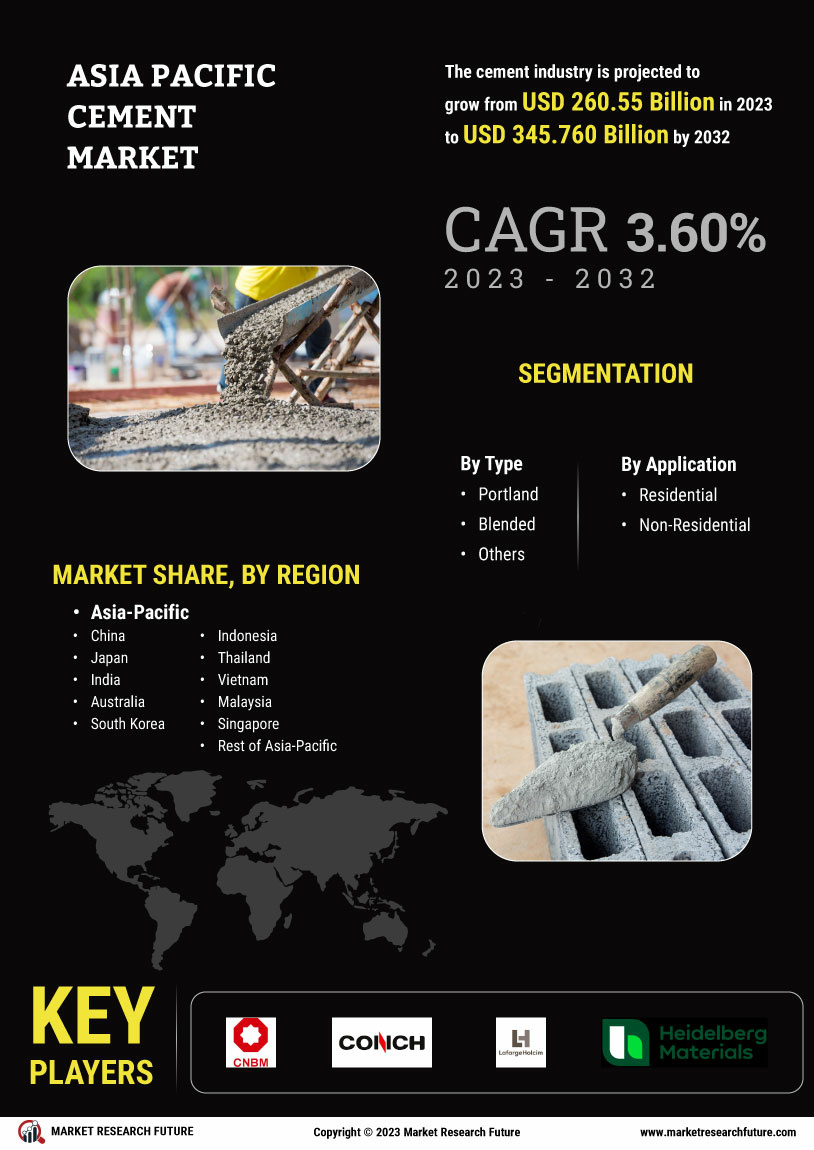

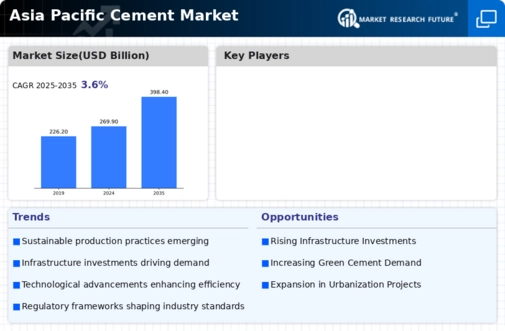
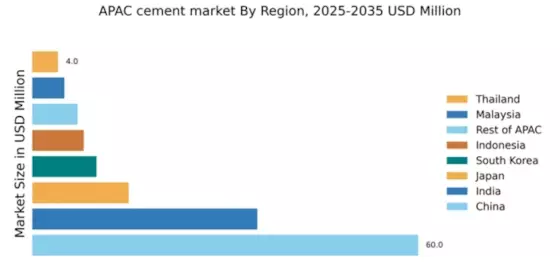


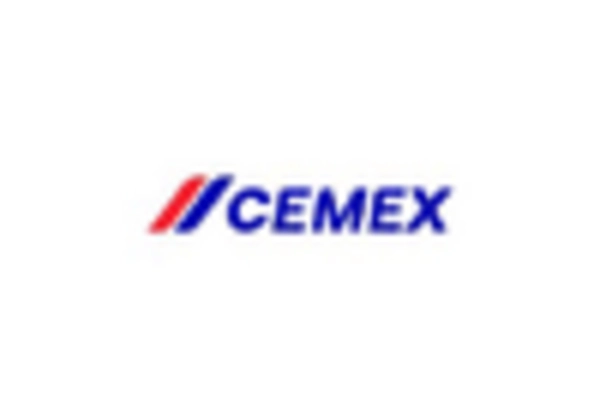
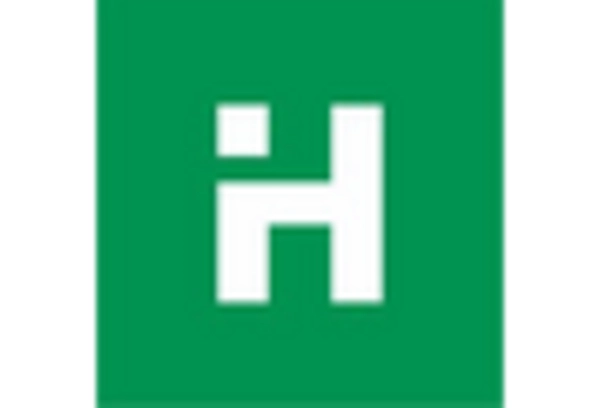
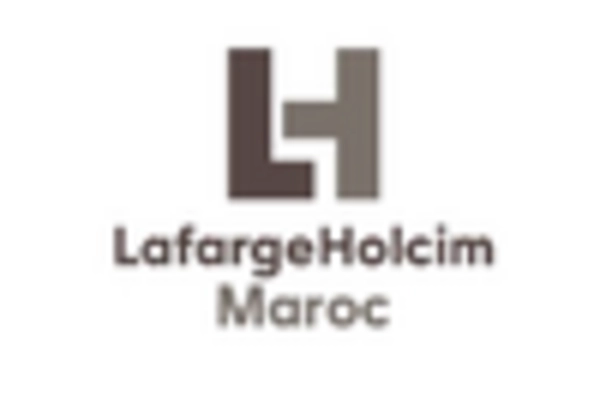
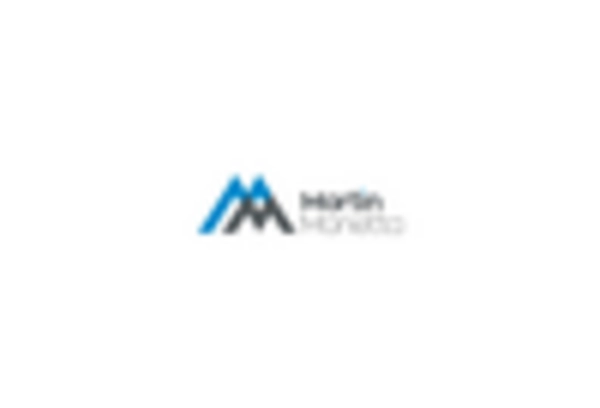








Leave a Comment